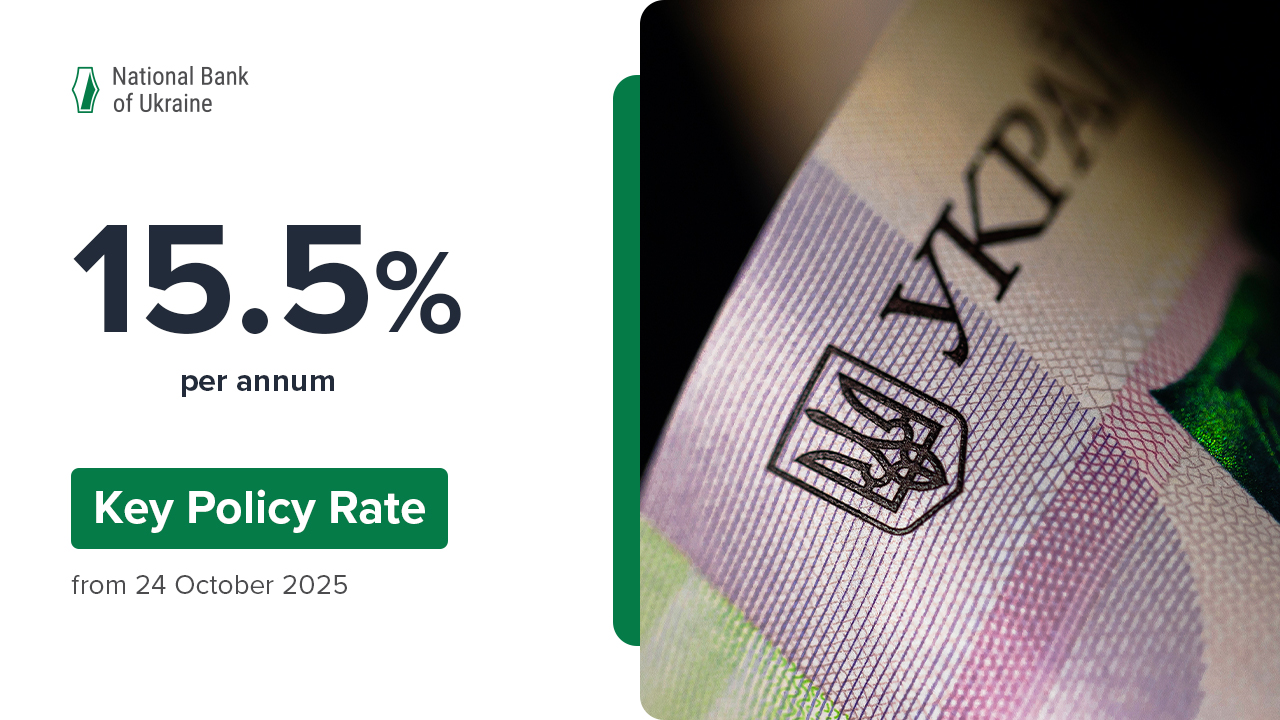In April 2015, the solvent banks made profits of UAH 1.9 billion, which brought down their year-to-date losses to "minus" UAH 14.3 billion. At the same time, in the first four months of 2015, the losses incurred by the insolvent banks that had been placed under provisional administration by the Deposit Guarantee Fund surged to "minus" UAH 68.5 billion, accounting for 82.7% of the total losses suffered by the banking sector.
Net losses reported by the banks were due to the substantial loan loss provisions, in particular, the provisions against loans to the borrowers whose creditworthiness had deteriorated. In the January through April period, the loan loss provisions increased 4.9-fold, compared to those in the same period of the previous year. The bulk of loan loss provisions was made in February. As the forex market showed first signs of stabilizing, and the insolvent were gradually removed from the market, the pace of growth in provisions slowed down. In April, loan-loss provisions were the smallest in the current year, amounting to UAH 3.7 billion.
In the challenging economic conditions, those banks that had streamlined their revenue-expenditure policy proved successful. In the January through April period, net commission and trading income increased in the banking system as a whole, compared to the same period of the previous year, whereas general administrative expenses continued to follow a downward trend.
As part of the stabilization measures, the National Bank of Ukraine obliged all banks to carry out a proper assessment of risks arising from failure by counterparties to meet their obligations and set aside loan loss provisions to fully cover expected losses. Those banks that are in breach with prudential requirements have to develop a detailed action plan to remedy deficiencies and submit it to the National Bank of Ukraine, and explore possible ways of increasing banks' capitalization and improving the quality of their assets.
In late April, the diagnostic exercises for the 20 largest banks by size of assets were launched. Based on their findings, undercapitalized banks will be asked to increase their capital to get fully capitalized. Should the exercise reveal high related-party exposure, banks will be required to unwind above-limit related party exposures.
The aforementioned measures are expected to put banks back on track and gradually restore their profitability.







